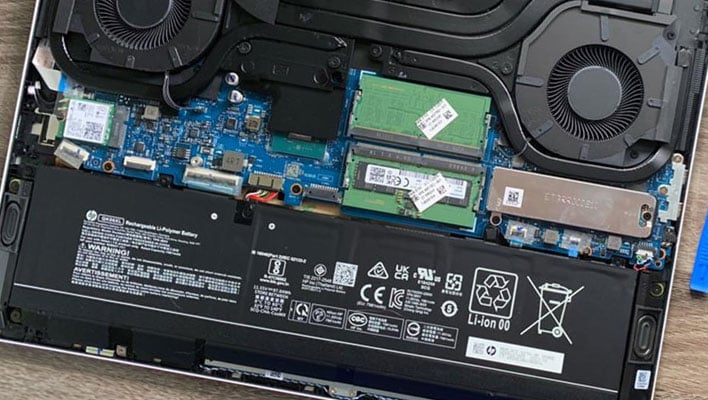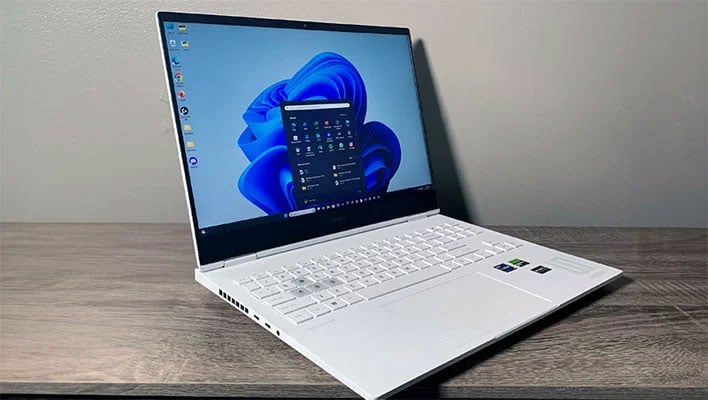Leaving Your Laptop Plugged In Could Hose Your Battery Life, Professor Claims

You might be tempted to leave your laptop plugged in while not in use to ensure that the battery will always be topped off. After all, battery life is paramount to the laptop form factor, otherwise it's a glorified desktop replacement. However, despite your good intentions and the seeming logic of keeping a laptop's battery fully charged, leaving it plugged in for extended for extended periods might actually be degrading it instead.
All lithium-ion batteries degrade over time, it's just a matter of how quickly. After several years of use, for example, the maximum capacity of the battery inside my iPhone XS Max is down to 76%. The same thing occurs in laptop batteries—over time, it holds less of a maximum charge than when it was brand new, which translates to shorter battery life.
Kent Griffith, an assistant professor at the University of California, San Diego, has been researching battery life and told Gizmodo in an interview that leaving it plugged in all the time is basically the worst thing you can do with your laptop.
"When your laptop battery is sitting in this worst condition—100% charge—for weeks or months at a time, that can be pretty damaging to it," Griffith said. "So when you take it off and expect it to last for 8 or 10 hours, it might only give you half of what you expect because it degraded a lot during that time."

That's an extreme example based on my own experience—I'm guilty of lazily leaving my HP Omen Transcend 16 laptop plugged in all the time, and while the battery capacity has taken a hit as a result, battery life has not been slashed in half. Still, there's merit to Griffith's warning. He also warns of the potential perils of using high-speed charging cables.
The reason this happens is because of the how lithium-ion batteries are made. Lithium ions pass between graphite and lithium cobalt oxide layers to transfer energy to your laptop. When a battery is fully charged, those ions mostly reside in a single layer, putting undo stress on the battery versus a more even distribution.
Griffith explains that ideally, a battery should sit between 20-80%. His recommendation is to fully charge a laptop, then unplug it so that it trickles down into a "mid-range" state, where it should be most of the time to ensure optimal battery health. There are software controls that can help, but it sounds like a manual approach works best.
That's not hard to do, though it can be inconvenient, especially if you only use your laptop occasionally. The question then becomes, which is more inconvenient: maintaining tip-top battery health, or contending with shorter battery life? That's ultimately up to the user decide.

